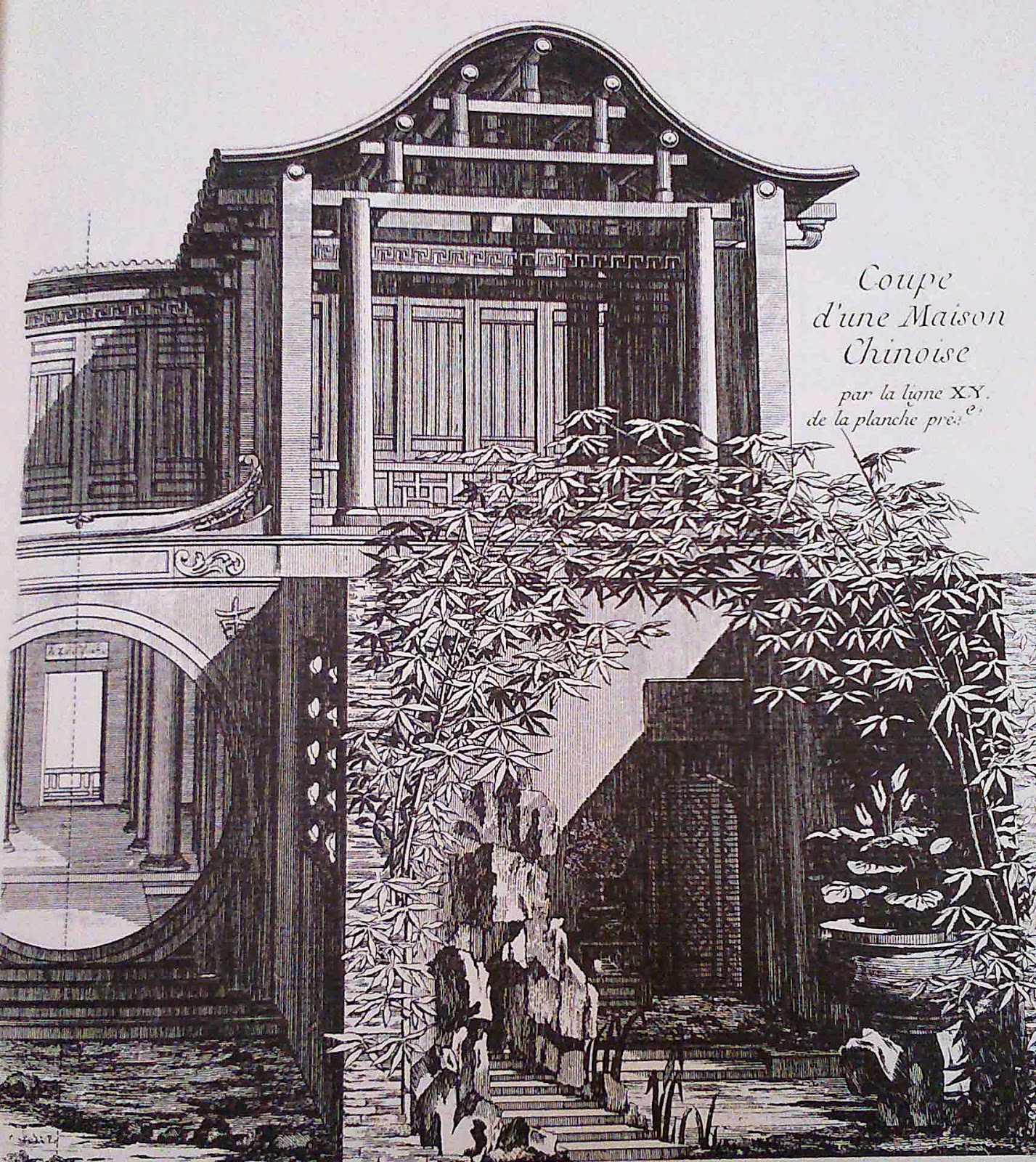Garden of a Piece of Rock (Pian Shi Shan Fang), April 2013. Credit: L.Gu, all rights reserved.
New approaches in Chinese garden history, conference abstract
19th June 2015, at the University of Sheffield
Liyuan Gu, University of Sheffield, PhD Candidate
“A critical history of rockwork in Chinese gardens”
Rockwork plays a significant role in Chinese gardens.
It appears as one of the features that at first instance is difficult to
understand, but then starts to intrigue. There is
considerable variation in rock formations in gardens, and the various
techniques employed are not only revealing of the philosophy, but also of the
era and region in which they were conceived. Construction techniques and
appearance evolved over thousands of years. This paper aims to provide a
critical review of the development of rockwork in Chinese garden by exploring
how notions of aesthetics, religion and philosophy influenced fashions in the
design of rockwork.
Chinese rockwork can be divided into three types according the
construction materials----‘earth hill’, ‘stone rockery’ and ‘earth-stone
rockery’. Additionally there are a variety of stones that were used in the
construction, with Taihu rock and Yellow Stone being the two favourite choices.
The choice of stones was usually directed by costs
for initial acquisition and by transportation. The fashions in rockwork
construction however were influenced by particularly mythology, Confucianism
and Taoism. These contributed to notions of aesthetics as well as life, whereas
policies of different dynasties affected size and format of gardens, and
thereby the size of rockwork. Additionally the rise of specialized rockwork
craftsmen in the Qing dynasty resulted in remarkable strides in the quality of
design and construction of rockwork, with different schools emerging. The
critical review of rockwork history has been conceived
in order to inform conservation practice; this paper produces some of the
initial findings relating to the historic research.
See Liyuan's profile here.







